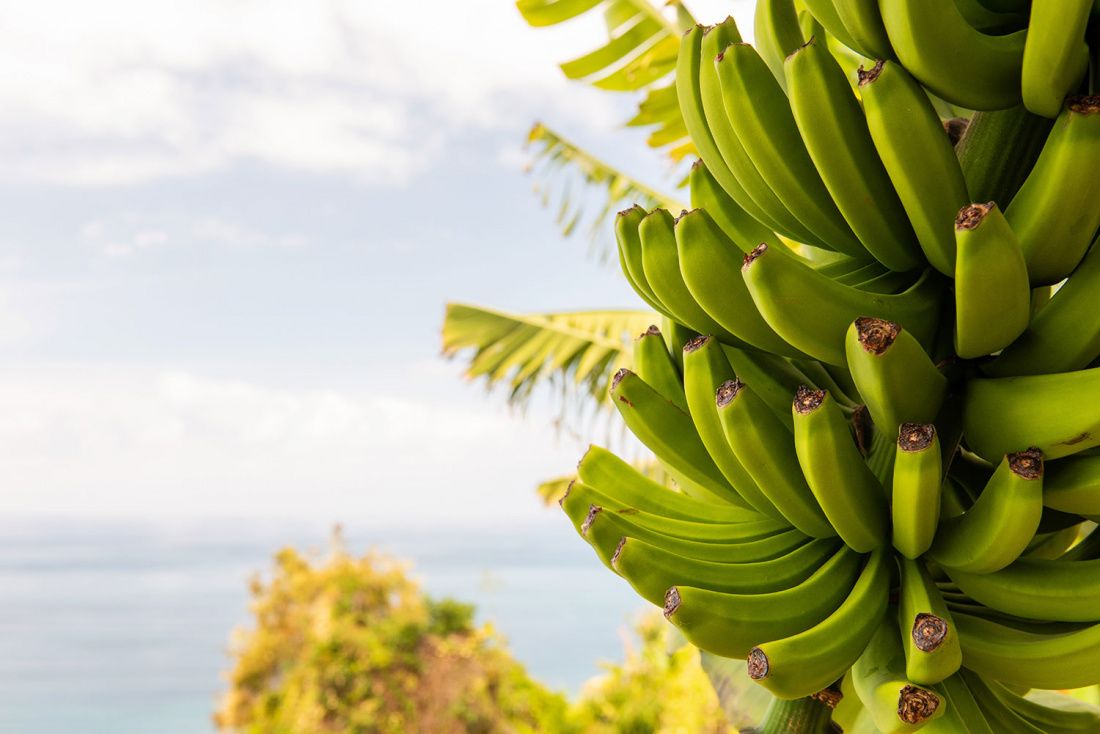Have you been considering planting banana trees? Banana trees are beautiful and provide delicious fruit if cared for properly. As stunning as banana trees are, they also require specific conditions to stay that way.
Before you purchase your first banana tree, you should understand everything there is to know about banana tree care. When you come prepared, you can expect your banana tree to live a long and healthy life.
Not sure where to start in the learning process?
In the guide below, you'll discover several helpful tips that anyone who owns a banana tree should know. Continue reading to find out more about caring for your own banana tree!

Choosing the Location
Can you provide your banana tree with the appropriate environment? Banana trees need lots of sun to grow strong. For this reason, tropical environments are best.
Have you thought of the location where you want to plant your tree? Knowing your tree will enjoy basking in the sun, start planning where you'll plant it. Search along your yard for a sunny spot.
Then, consider the following factors:
Sun and Soil
You know your tree needs a nice and sunny spot to grow, but it'll also need fertile soil that drains well. For this reason, you should avoid heavy-clay soils. Your tree will also enjoy 6-8 hours of sunlight.
As long as there's sun, the soil drains well and is fertilized, you should see a happy banana tree.
Surroundings
Pay close attention to the surroundings of the location you want to plant your tree in. You must plan for the future of the tree. For example, once the tree is fully grown, will there be anything in its way?
Check for cable lines, other trees, the roof of your home, and more. You want to give your banana tree enough room to grow without it obstructing anything and without anything else obstructing it. Once the tree begins to grow, it'll be more difficult to uproot it and replant, so take your time when choosing a location.
Spacing
Your banana tree will need space not only vertically, but horizontally as well for its roots. As the roots grow, they can come into contact with sewer lines, patios, and water pipes. To avoid damages, be sure to give your banana tree 8-10 feet between it and these items.
This will prevent the roots from growing around the pipes. The roots can then grow freely without concern. The hole you dig for the tree should be about 1ft wide and 1 ft deep.
Cross-Pollination
Cross-pollination is one of the best ways to ensure your fruit tree grows healthy and delicious fruits. To ensure this, you should have a variety of pollinators present. You should have a different variety of banana trees in your yard to help your banana tree grow its fruits.

Watering Your Banana Tree
The large banana tree leaves are soft and evaporate a lot. Because of this, it's essential you keep up with the water supply. Watering your banana tree two to three times a day will keep it well-watered. Banana trees also like high humidity levels, so watering them multiple times a day helps keep the humidity levels up.
At the same time, you want to avoid overwatering the tree as well. Overwatering can cause the roots to rot. Test the soil to ensure it's not excessively damp or moist before watering the tree again.
Caring for the Banana Patch
You'll get the biggest bananas if you remove any unwanted suckers. Leaving only one sucker per tree will also reduce crowding. The best suckers will have small, spear-shaped leaves.
You may feel inclined to keep the suckers with the big, round leaves, but these ones aren't the best for producing large and scrumptious fruits. The suckers with small leaves are still being fed by the main plant. This means they don't have to produce large leaves to feed using photosynthesis.
The suckers that are still being fed by the main plant will produce the best fruit. Once you pick the fruit from the tree, you'll want to replace its nutrients by sprinkling fertilizer on the soil near the tree trunk. Choose a fertilizer high in potassium, since bananas are high in potassium as well.

Watch for Pests and Disease
Just like with any other type of tree, banana trees are susceptible to pests and disease. It's important you keep an eye out for any signs of an infestation or disease on your tree. If you believe your tree is suffering from either, then it's essential you identify the exact problem and correct it as soon as possible.
Catching these problems in the early stages will prevent the problem from spreading and ultimately killing your tree. Some of the most common nutritional problems with banana trees are potassium and nitrogen deficiencies. Some common pests that infest banana trees are the banana aphid, corn weevil, mealy bugs, red rust thrips, flower thrips, and scarring weevil.
Know the signs of each so you can put a stop to it before it's too late.
Planting Banana Trees Has Never Been Easier
Planting banana trees in your yard will not only create a tropical atmosphere, but it'll also provide you with delicious fruit every year. To keep your banana tree healthy and strong, you should know a few tips about planning and caring for the tree. Use the helpful information listed above to get you started in the banana tree growing process.
For more gardener advice and tips, such as how to split banana pups, click here.


